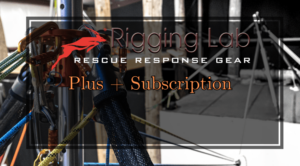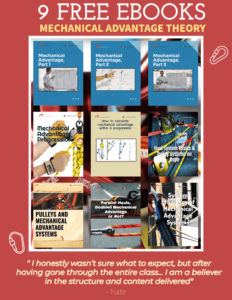“Never before in our history have we experienced such a profound state of imbalance. Over the next five years, we will invest significant effort in unlearning a substantial portion of what we once regarded as ‘education.’ Deceptions have been pervasive on all fronts, and only recently have these deceptions become more widely recognized, though not fully acknowledged.”
Nevertheless, there are still enlightening dimensions of science yet to be fully explored: Light, Frequency, and Force.
Amid the intricate world of physics, there exists a fascinating interplay of forces, a spectrum of frequencies, and a profound understanding of light that unveils a realm of knowledge with far-reaching implications. As we delve into the realm of rope rescue, we discover that the intricate dance of forces is not limited to the microcosms of particle interactions. In fact, the principles of physics, the mechanics of friction, and the very concept of forces come to life when viewed through the lens of rope rescue. Join us on a journey where we explore the connection between light frequency, forces, and their pivotal roles in the intricate world of rope rescue, revealing a profound interplay that transcends the boundaries of science.
Vector force vibrations and light vibrations are distinct phenomena with unique characteristics:
- Vector Force Vibrations:
- Nature: Vector force vibrations refer to mechanical vibrations caused by forces acting on an object. These vibrations result from the oscillatory motion of physical objects in response to applied forces. They are a mechanical phenomenon.
- Medium: Vector force vibrations typically occur in physical mediums such as solids, liquids, or gases. The medium’s properties can significantly influence the behavior of these vibrations.
- Propagation: The propagation of vector force vibrations typically involves the transfer of mechanical energy through the medium. The medium’s particles or elements oscillate in response to the applied forces, transmitting the vibrations.
- Light Vibrations (Electromagnetic Waves):
- Nature: Light vibrations, or electromagnetic waves, are a fundamental aspect of the electromagnetic spectrum. Light is a form of electromagnetic radiation, and its vibrations represent the oscillation of electric and magnetic fields.
- Medium: Unlike vector force vibrations, light does not require a physical medium to propagate. It can travel through a vacuum, making it unique among waves. Light can also propagate through air, water, and other substances.
- Propagation: Light vibrations propagate as transverse waves, where the oscillations occur perpendicular to the direction of wave propagation. The speed of light in a vacuum is constant and approximately 299,792,458 meters per second.
In summary, the key difference lies in their nature, the necessity of a medium for propagation, and the physical aspects involved. Vector force vibrations are mechanical oscillations resulting from forces acting on physical objects and require a material medium for propagation, while light vibrations, as electromagnetic waves, are characterized by oscillations in electric and magnetic fields and can propagate through a vacuum or various media.
To better understand how these “vibrations” are affected or effect your rigging systems, GET YOUR FREE eBOOK Now!
Peace on your days
Lance










